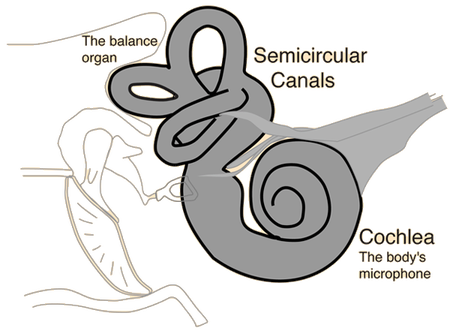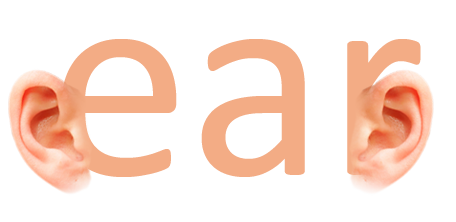
Sound! Our world is filled with infinite sounds. It is sound that lets us communicate with others or lets others communicate with us. Sound can be a relaxing experience if one is hearing to his favourite song, can also be a warning of danger when a fast car is passing by, or simply can be an enjoyable experience when having a moment with family or friends. As we know vision is important for distant warning, likewise sound is used to be alert and to communicate fear and pleasure. Some sounds cannot be heard by humans, but can be heard by dogs or other animals. The organ that detects sound is the Ear. Our Ears are very extraordinary organs that pick up all the sounds around us and translate it into a form that our brain can understand. The process of hearing is mechanical and it is based totally on physical movement.
The Ear is the organ that detects sounds and aids in body position and balance. They are basically paired organs, which are situated one on each side of the head with the sense organ. Human Ears are fully developed part of our bodies at birth and are responsive to sounds that are very low as well to the sounds that are very loud. The entire organ is considered to be the Ear, but only the visible portion is called a Ear.
Any object when vibrates in matter produces sound, sound could be solid, liquid or gas. We usually hear sounds that travel through the air in our atmosphere. Air particles move in the air when anything vibrates. These air particles further move the air particles around them, which later carry the pulse of vibration through the air.
When a person speaks or an object makes a noise, vibrations (sound waves) are sent through the air. The Ears are divided into three parts that lead up to the brain – The outer Ear (pinna, surface of Ear drum, Ear canal), the middle Ear and the inner Ear (cochlea, vestibule, semicircular canals).
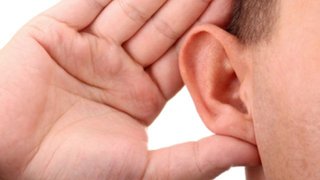
The outer ear: The most external portion of the Ear is the outer Ear. In human, the outer Ear consists of the Ear canal, the Ear drum and the pinna. When an object vibrates, the sound travels down through the Ear canal, further striking the eardrums and causing it to vibrate or move.
The Middle ear: The space behind the Eardrum is called the middle ear, it basically contains three small bones known as ossicles. The chain of these tiny bones – the hammer (malleus), the anvil (incus) and the stirrup (stapes) are connected to the eardrums at one end and to an opening to the inner Ear the other end. The ossicles vibrate due to the vibrations from the eardrum, which further creates movement of the fluid in the inner Ear.
The Inner ear: The changes in the tiny structures, also known as the hair cells are caused due to the movement of the fluid in the inner ear, or cochlea. Electric signals are sent from the inner Ear up to the auditory nerve to the brain. The brain interprets the electric signals as sound, which is caused due to the movement of the hair cells.
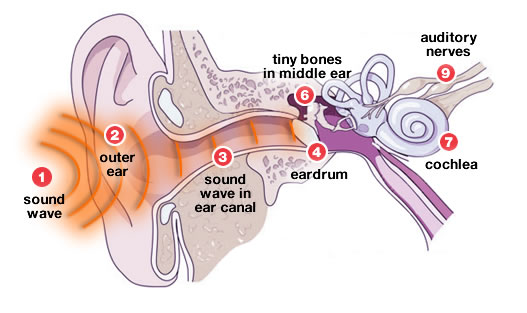
The human Ear is an extremely sensitive and specialized organ. Although it helps the body to stay in balance, it also detects and amplifies sounds. Loud noises in an environment can cause the sensitive Ear structures to get damaged, which can further lead to temporary or permanent loss of hearing. Ageing is the most common factor to the loss of hearing, which is followed by the internal damage to the Ears due to prolonged exposure to loud noise. Immediate loss of temporary or permanent hearing is caused due to exposure to sudden noises, like a gunshot, firecracker or an explosion. Cumulative and progressive hearing loss is caused due to exposure of moderately loud noises, like power tools, loud music or even lawnmowers. Sensitive hair cells are damaged due to prolonged exposure to loud noise. The hair cells do not regenerate if they are damaged. The cochlear nerve is also damaged due to the loud noise, which restricts it from sending auditory signals to the brain. Noises below or at 75 decibels are safe, even if they are exposed for a longer duration. But prolonged exposure to 85 decibels or beyond can cause damage to the Ears.
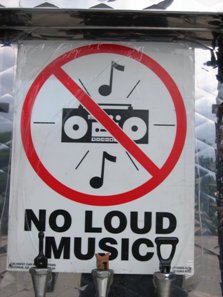

The inner, middle and the outer Ear work together to help us in hearing and the inner Ear is mainly responsible for helping us to keep our balance. There are many symptoms of hearing problems like natural ageing; one or more parts of the Ear become infected. The symptoms usually are pain, itching, hearing loss or fluid drainage.
Outer Ear symptoms: The outer Ear and the Ear canal becomes infected or a feeling of irritation arises sometimes. Swimmer’s Ear or otitis externa is a common Ear problem; it is basically an inflammation of the outer Ear canal that is caused by bacteria. The symptoms of the Swimmer’s Ear include pain when touching the ear, some hearing loss, redness of the outer ear, itching in the ear, drainage from the Ear and also a swollen Ear canal.
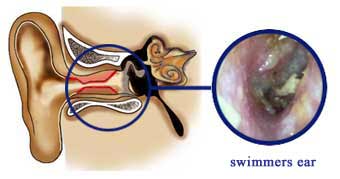
Middle Ear symptoms: The middle Ear trauma or symptoms are usually related to blast injuries or insertion of foreign objects into the Ear. Skull fractures also affect the middle Ear as they go through the part of the skull that contains the Ear structures (temporal bone). The small perforations of the membrane mostly heal on its own, but the larger ones usually require grafting.
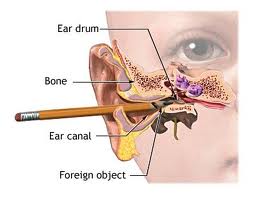
Inner Ear symptoms: Ear infections usually occurs when the tubes inside the Ear become clogged with mucus due to the infection prevailing in it. The Ear infections causes problems in hearing, trouble while sleeping and balance problems. The other symptoms include effusion, which is when both the middle Ear and the inner Ear are swollen due to the fluid in it. Symptoms during such conditions include intense pain in the ear, headache, fever, irritation and trouble while sleeping. Constant clicking, hissing or ringing in the Ears give rise to a condition called tinnitus. It is basically caused by excessive exposure to loud noises, medications or even by hearing loss. It may also result in other health conditions like high or low blood pressures, problems with the heart, jaw, neck and allergies. Hearing loss also indicates another condition called Meniere’s disease. The symptoms of Meniere’s disease mostly occur only in one Ear and it also includes tinnitus, problems with hearing that usually may come and go, Ear pain and dizziness. The symptoms mostly come on acutely, and the attacks usually bring along hearing loss, severe dizziness, vertigo and ringing in the Ears that lasts for hours.
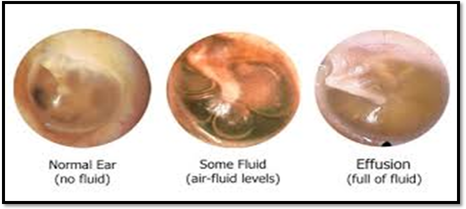
There are three loops situated at the top of the cochlea, known as the semi-circular canal. The canals are full of fluids, so when we move our head, the liquid moves. It further pushes against the hair-like nerve endings, which sends messages to our brain. Through these messages, our brain can determine whether or how our body is moving.
